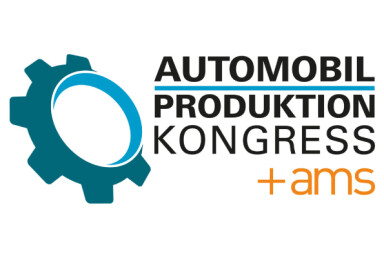Digital Transformation
Hyundai's agile Software-Defined Factory blueprint goes global

Hyundai Motor Company accelerates software-defined factory rollout, transferring 60% of Singapore HMGICS innovations to Georgia's HMGMA metaplant. AI-orchestrated cell production enables 10-model flexibility in weeks, delivering unmatched manufacturing agility as EV demand fluctuates and supply chains realign.
In an era of volatile demand, fragmented supply chains and relentless pressure to localise production amid geopolitical flux, Hyundai Motor Company chose the 2025 Bloomberg New Economy Forum in Singapore to articulate a manufacturing strategy that may prove transformative. On 19 November, through a newly released promotional film and plenary remarks by its president and chief executive, the group detailed how its software-defined factory (SDF) paradigm — first validated in a compact urban innovation hub — now scales to megaplants capable of half-a-million units annually, delivering flexibility that legacy rigid lines simply cannot match.
Sixty per cent of the innovations pioneered at the Hyundai Motor Group Innovation Center Singapore (HMGICS) have already transferred to the vastly larger Hyundai Motor Group Metaplant America (HMGMA) in Georgia
For manufacturing engineers long accustomed to fixed tooling, dedicated platforms and changeovers measured in months, Hyundai's claim merits close scrutiny. The company asserts that its emerging SDF architecture enables a single line to switch between ten radically different hybrid, battery-electric or extended-range models in weeks. Sixty per cent of the innovations pioneered at the Hyundai Motor Group Innovation Center Singapore (HMGICS) have already transferred to the vastly larger Hyundai Motor Group Metaplant America (HMGMA) in Georgia.
The Singapore crucible
HMGICS, a seven-storey facility deliberately limited in footprint yet producing up to 30,000 vehicles a year, serves as the proof-of-concept. Traditional conveyors yield to cell-based assembly, where human operators work alongside more than 200 robots in an environment orchestrated through a metaverse platform. “These state-of-the-art, software-defined manufacturing facilities are designed to think for themselves, enabling smart, agile production systems that seamlessly integrate artificial intelligence (AI), robotics and eco-conscious practices,” Hyundai declared in its forum presentation.
Scaling without compromise
The Georgia metaplant demonstrates that the model scales. “HMGMA has integrated a variety of proof-of-concept manufacturing technologies and systems from HMGICS, scaling these to accommodate the larger production volume at the Georgia facility,” the company stated, adding that fully 60% of HMGICS innovations now operate at HMGMA. Lines there already mix ten powertrain variants with minimal retooling, relying on digital-twin validation, private 5G networks and over-the-air process updates analogous to those in software-defined vehicles.
José Muñoz, president and chief executive of Hyundai Motor Company, framed the strategic imperative during the forum's Great Realignment session. “The Bloomberg New Economy Forum provides a unique platform to engage with other leaders on the transformative changes reshaping industries and economies,” he noted, before adding: "The Great Realignment isn't just reshaping trade flows — it's redefining where and how we manufacture.
"At Hyundai, we're responding with software-defined factories that can produce ten different models on the same line, adapting in weeks when market demand shifts. What we're proving at HMGICS in Singapore and scaling at our Georgia Metaplant represents the future: localised production powered by AI-driven flexibility. That combination — regional resilience plus manufacturing intelligence — is how companies will thrive in this new era."
Technical foundations and broader cascade
Beneath the vision lie concrete enablers: AI vision systems for quality, Boston Dynamics-derived autonomous logistics robots, predictive maintenance algorithms and a factory operating system that treats every asset as a software-updatable node. These elements, showcased in the new promotional film featuring an exclusive Muñoz interview, now migrate beyond Georgia to Ulsan and other legacy sites under the E-Forest smart-factory umbrella.
Competitive divergence in an age of extremes
The timing proves astute. With electric-vehicle adoption plateauing in some markets, subsidies shifting and the impact of unpredictable tariffs, the ability to pivot output rapidly — from pure battery-electrics to hybrids or robotaxis — confers structural advantage. Rivals tethered to dedicated EV halls risk stranded assets; Hyundai's SDF approach treats the factory itself as adaptive code.
Execution across continents carries risk. Integrating cyber-physical systems at 500,000-unit volumes demands flawless data fabrics and resilient supply chains for compute hardware. Yet the blueprint unveiled in Singapore positions Hyundai not merely to cope with multipolar instability but to exploit it, turning manufacturing agility into a core competitive moat in what Muñoz rightly calls an age of extremes.





